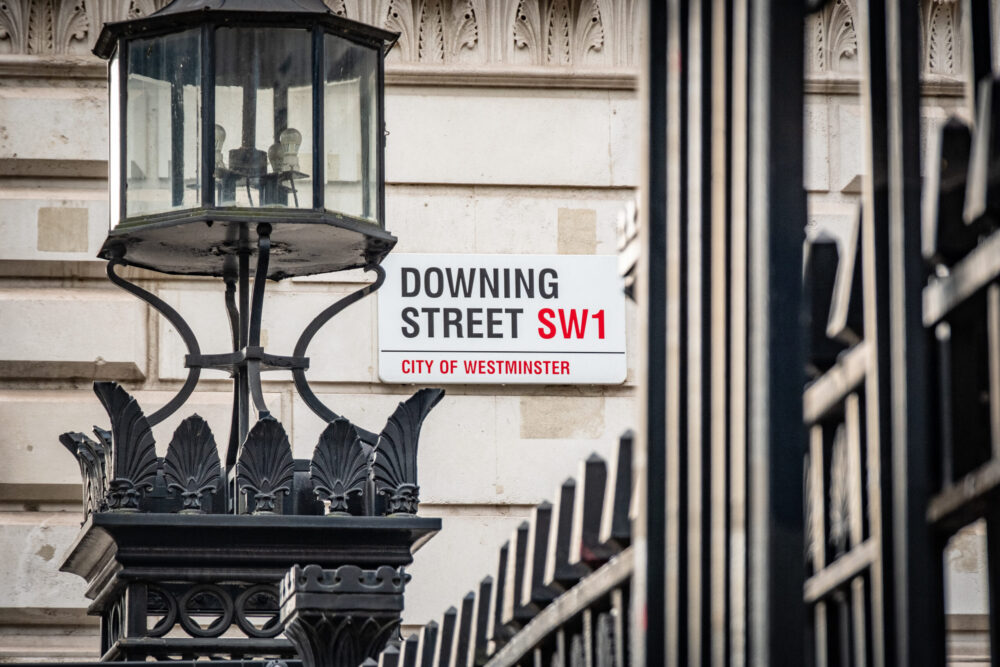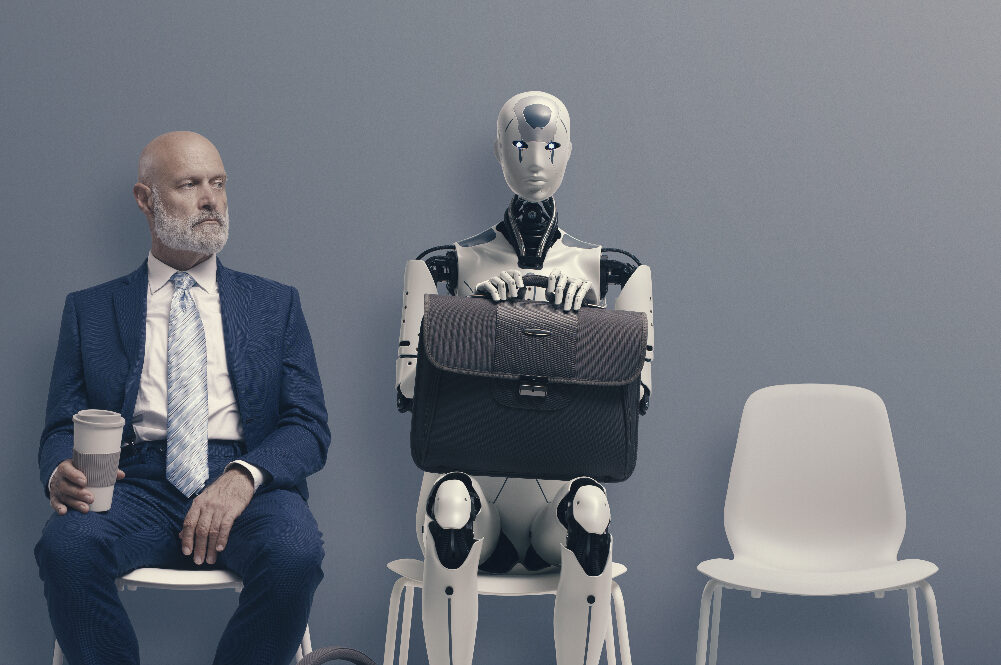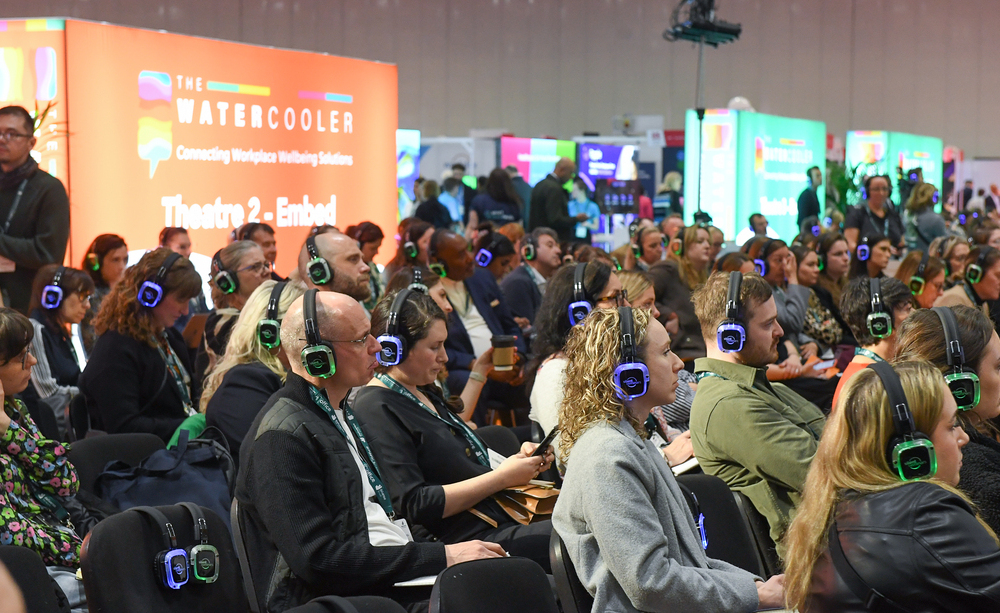As the workplace continues to evolve, businesses are constantly seeking innovative ways to enhance employee wellbeing and productivity. According to a survey by Microsoft , 41% of the global workforce would consider switching jobs in the next year, with 55% noting that their work environment would play a role in their decisions. So, in the pursuit of creating conducive work environments, the design of the workspace plays a pivotal role.
Here are five top trends in workplace design that are currently shaping the future of the workplace.
1. Hotelification of the Office: Creating Comfortable Workspaces

Inspired by the hospitality industry, the “hotelification” of the office concept focuses on creating spaces that prioritise comfort and convenience. This trend emphasises the importance of providing employees with amenities and services commonly found in hotels, such as cosy lounges, on-site cafes, fitness centres, and relaxation zones. By transforming traditional office settings into inviting and versatile environments, businesses can cultivate a sense of community and make the workplace feel more like a home away from home. This approach not only enhances employee satisfaction but also attracts top talent and boosts retention rates.
2. Flexible Workspaces: Adapting to Changing Needs
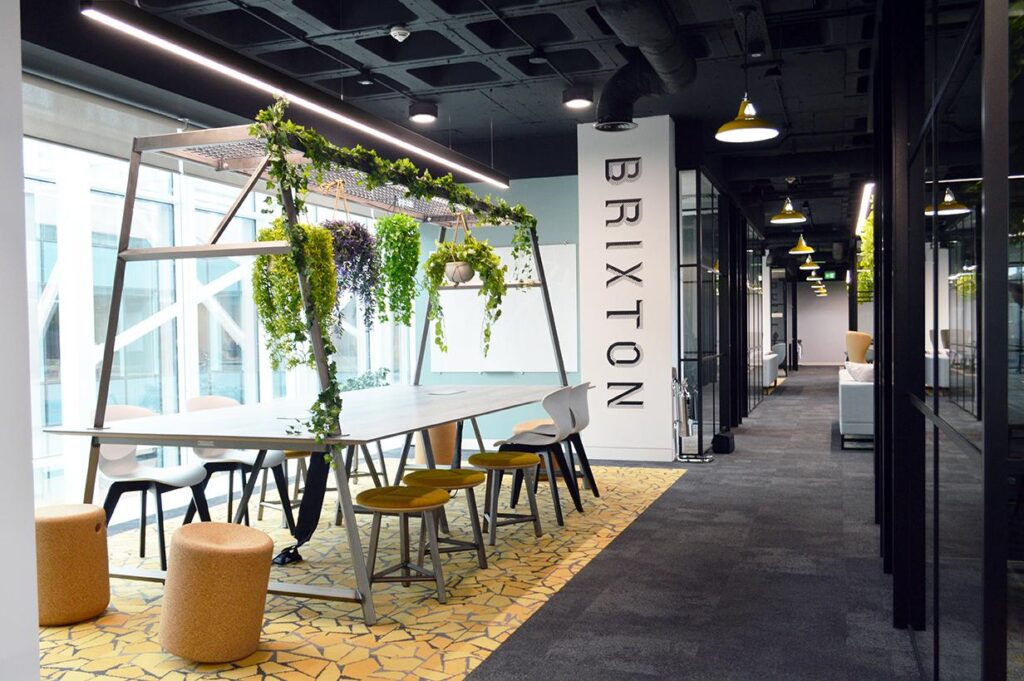
In today’s dynamic work landscape, flexibility is key. Flexible workspaces are designed to accommodate various work styles and preferences, allowing employees to choose the environment that best suits their tasks and moods. This trend includes open-plan layouts, hot-desking options, and modular furniture arrangements that can be easily reconfigured to support collaboration or individual focus. By providing employees with the freedom to work where and how they want, businesses can promote creativity, and productivity while fostering a culture of trust and empowerment.
3. Biophilic Design: Bringing Nature Indoors
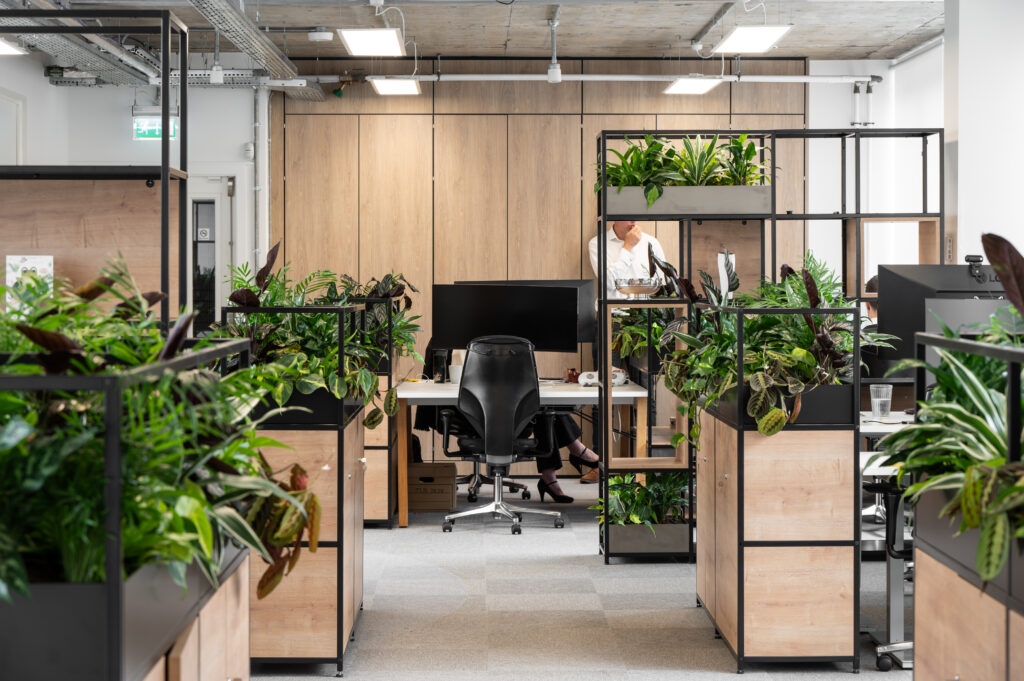
In today’s fast-paced and technology-driven world, the need to reconnect with nature has become more apparent than ever. Biophilic design aims to bridge this gap by integrating natural elements into the built environment. From living green walls and indoor gardens to strategically placed natural light sources and organic materials, biophilic design fosters a sense of tranquillity and connection with the outdoors. A recent study ‘Reap What You Sow’ has shown that exposure to nature within the workplace can reduce stress, boost creativity, and improve overall well-being among employees by up to 200%.
4. Wellness Rooms: Prioritising Mental and Physical Health
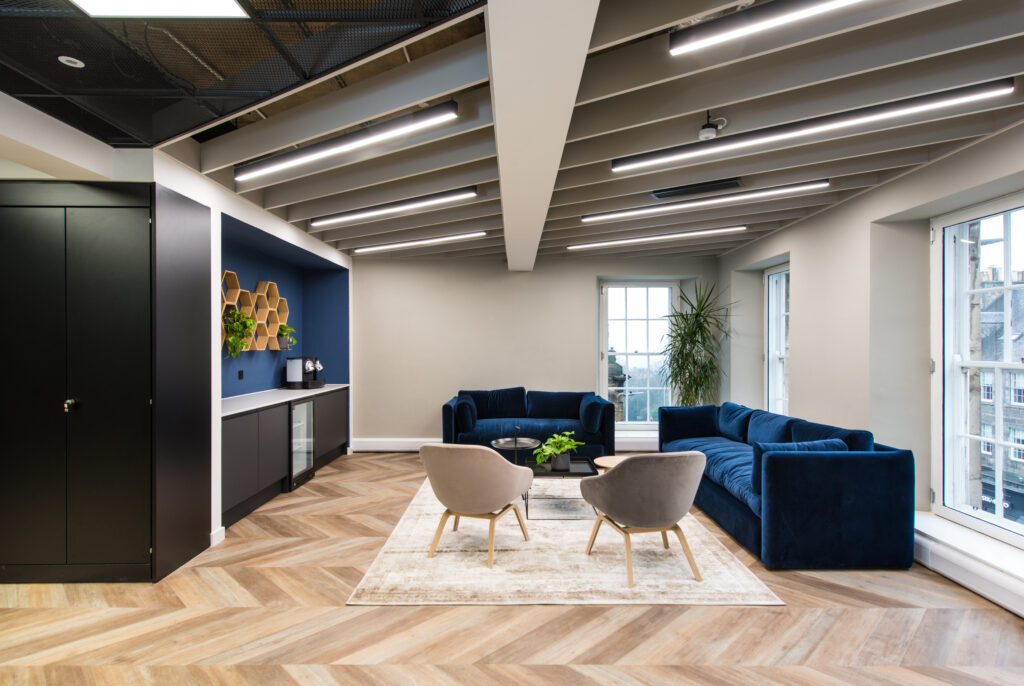
Recognising the importance of employee well-being, many organisations are incorporating dedicated wellness rooms into their workplace design. These quiet retreats offer employees a space to recharge, meditate, practice mindfulness, or engage in physical activities like yoga or stretching exercises. Equipped with comfortable furnishings, calming décor, and amenities such as essential oils or sound machines, wellness rooms provide employees with the opportunity to prioritise their mental and physical health throughout the workday. By promoting self-care and stress management, businesses can improve employee morale, reduce absenteeism, and enhance overall productivity.
5. Technology Integration: Enhancing Connectivity and Collaboration

As technology continues to reshape the way we work, workplace design is evolving to accommodate the increasing reliance on digital tools and connectivity. This trend involves integrating smart technologies and digital platforms seamlessly into the office environment to facilitate communication, collaboration, and productivity. From wireless charging stations and video conferencing capabilities to interactive displays and virtual reality workspaces, businesses are leveraging technology to create more efficient and engaging work experiences. By embracing technology integration, organizations can streamline workflows, foster innovation, and empower employees to work smarter, not harder.
In 2024, the landscape of workplace design is constantly evolving to meet the changing needs and expectations of employees in today’s modern world. By embracing these trends, businesses can create environments that promote well-being, collaboration, and productivity. As we continue to navigate the future of work, investing in thoughtful and innovative workplace design will undoubtedly remain a cornerstone of fostering a culture of wellness and success within organisations.
You might also like:









